Hello, there! Today, I’m having one of those difficult days where there’s simply so much to be done and said that I feel a little overwhelmed. Hence, I decided to take a deep breath and pace myself and write about Slow Design and its principles.
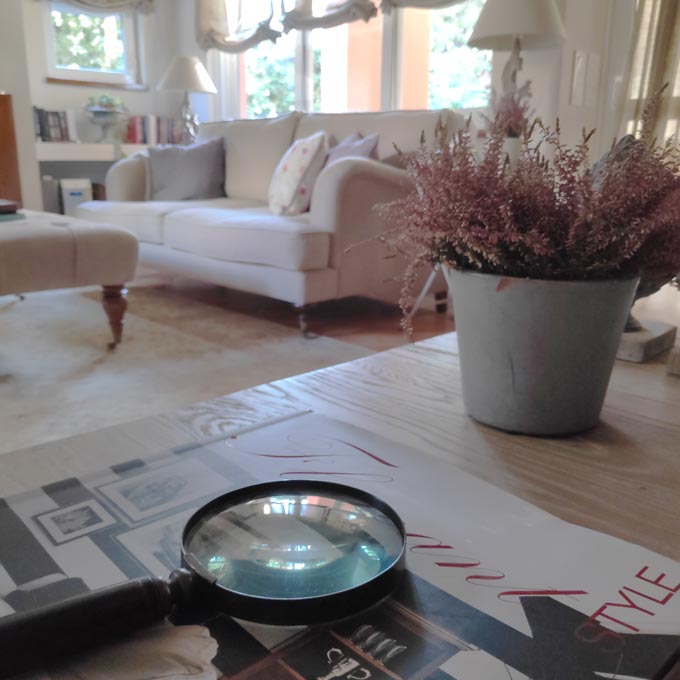
Some of you may have heard of Slow Food. That’s pretty close in concept. Slow Design is a branch of the Slow Movement that aims for a better well being of people, both, as individuals and part of a society within a natural environment. I hope I didn’t just lose you. For those that are still with me, thank you! I will make it worthwhile.
As I was saying, all great things take time, including design. All designs start out as a possibility, an idea and turn into a drawing plan with a tender and a budget and finally they come to life. It is a multi-step procedure that evolves over time and the more time a designer spends on the planning process the better the design – the less ambiguities, the more sound. It’s common sense. Right? It is! I think the late Vito Acconci, an American designer (1940-2017), phrased it in the best possible way:
Architecture is not about space, but about time.
Vito Acconci
He was absolutely right. Spaces are merely created, formed and shaped in order for people, under given conditions, to enjoy their time in them. It takes a good amount of effort to design a space that people will take pride in and simultaneously accommodate for all their needs. And even then, a space will continue to evolve and the people who live in it will continue to add on their experiences.
This is where Slow Design comes in and tries to claim “time” from this rapid changing world that hardly processes things anymore before it ‘chews them and spits them out.’ It’s all about appreciating the process, the journey of this evolving project and the mindfulness that goes into that process. Hence, Slow Design is not some rigid body of design rules. However, it is based on certain principles that we can all employ for a better living.
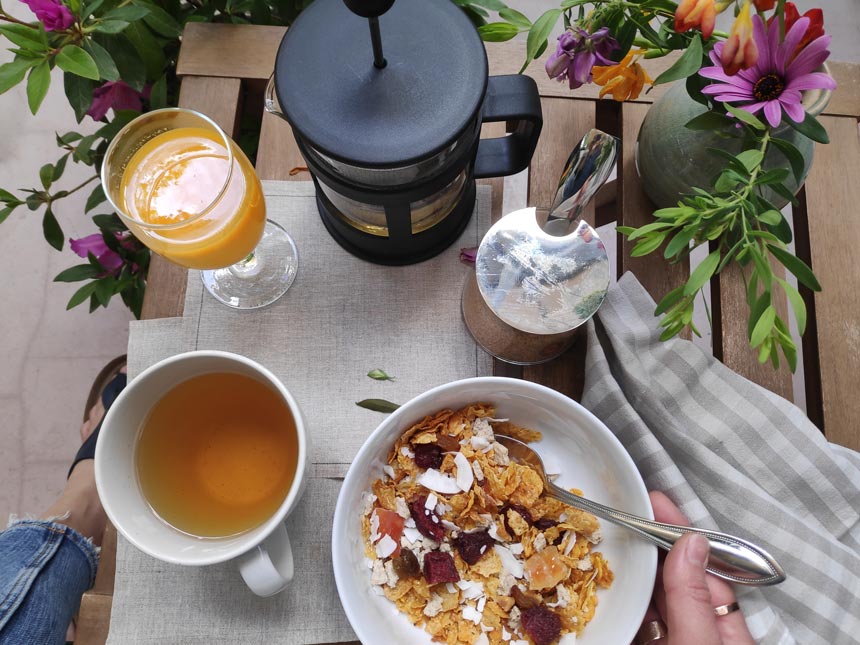
Slow Design Principles
Shop slower. I definitely don’t have anything against fast-track furniture brands, or ordering something online. (As a matter of fact, I wrote about IKEA’s democratic design approach). However, taking our time will ensure more thoughtfulness into our shopping and less regrets later. Invest in furniture that you can build memories with.
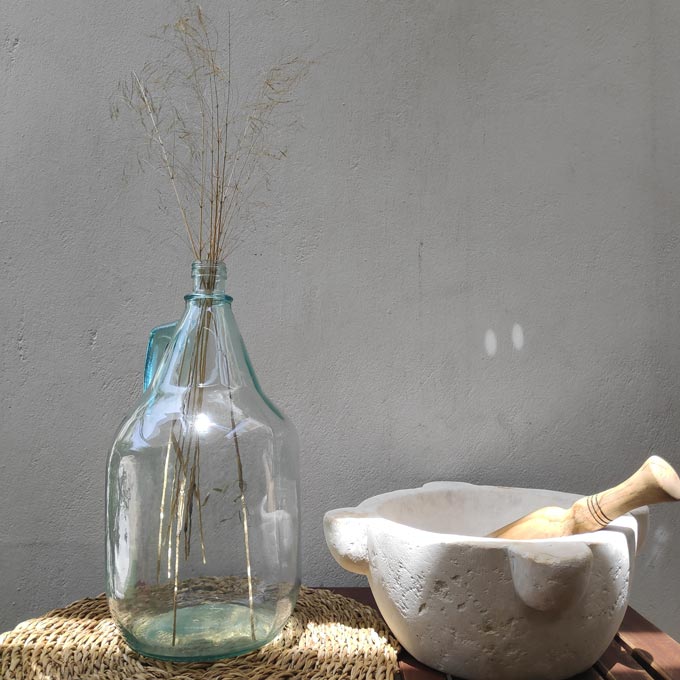
Select modular and multi-functional pieces taking into account both short and long – term use.
Shop handmade goods and support Fair Trade. There’s true beauty and uniqueness to be found in handmade goods. Support your local craftsmen and opt for cultural diversity. That’s the best way to build an eclectic style. There’s true value in handmade goods i.e. textiles. And believe it or not, some crafts may go extinct in the near future if we don’t support them. Iranian weavers for example are much lesser nowadays.
Choose sustainable furniture. A serious effort is being made in this direction, so do consider opting for furniture from recycled materials. Even fast-track furniture brands are stepping up their efforts.
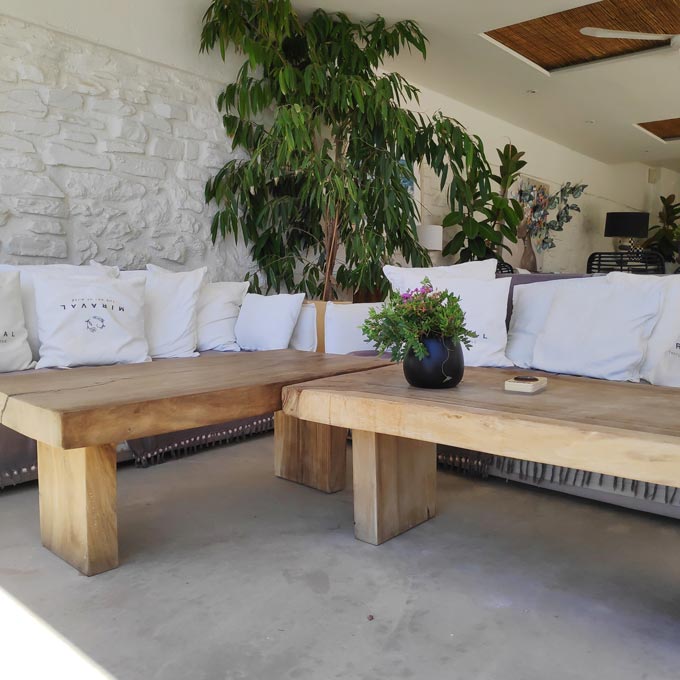
Allow your home to grow and evolve with you. Great homes don’t come about overnight. In most cases it takes time and a lot of re-arranging to nail the perfect spot for that oh-so-precious decor artifact. If you don’t design and built your home from scratch then, you’ll probably be undergoing several home improvement projects and these require time.
How Slow Design Improves Our Living Experience
It calls for us to do things at a slower pace, to tailor everything to our specific needs and adapt more flexible and distinctive solutions, in order to appreciate everything more while taking more pleasure out of everything. Consequently, it translates into a happier living because you end up building enough patience to get things done in a way that truly meets and satisfies your needs. Hence, you compromise a lot less.
Meanwhile, you embrace the journey with all the changing circumstances it may bring. But at the end of the day, it is all about achieving an overall inner balance or Lagom – a Swedish word for “enough, sufficient, just right.” Sounds like a healthier attitude towards life, now doesn’t it?!
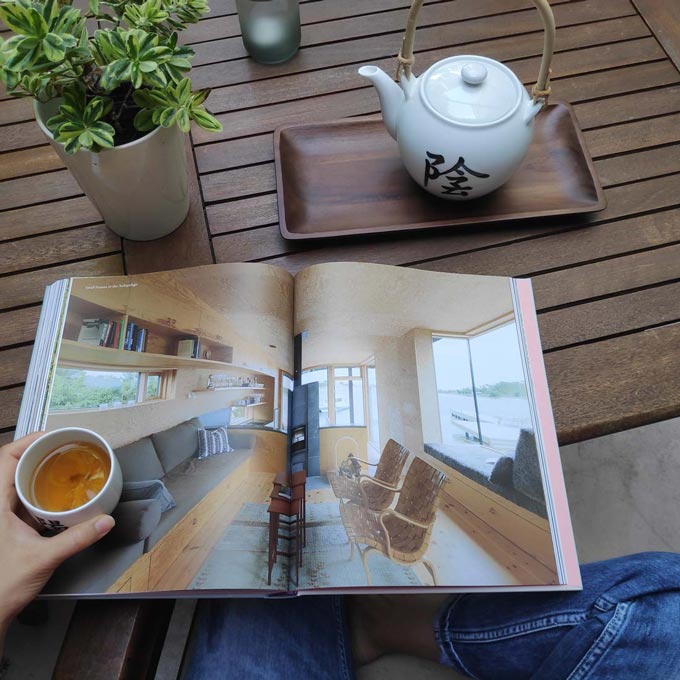
Lagom
Although I’m an old advocate of Slow Design and its principles, I didn’t know about this Swedish word that best describes the aim of this Slow Movement. To be perfectly honest, I first read about Lagom in Niki Brantmark’s interior design blog – the curator of MyScandinavianHome.
Needless to say, that I’m now one of her newest fans. She in fact, inspired me to write this post when she replied to a comment of mine telling me to “quote” her on Slow Design next time!
In any case, the main thing that has captivated me about her approach, is her unpretentious easy – going vibe I get from her. I would have never guessed that she’s a Brit if she didn’t write it in her bio. She appears to be way too agreeable – sorry my Brit friends – you’re also cool but in a different way! 😉 And my best guess is that it’s because she has managed to find Lagom in her life in Sweden.
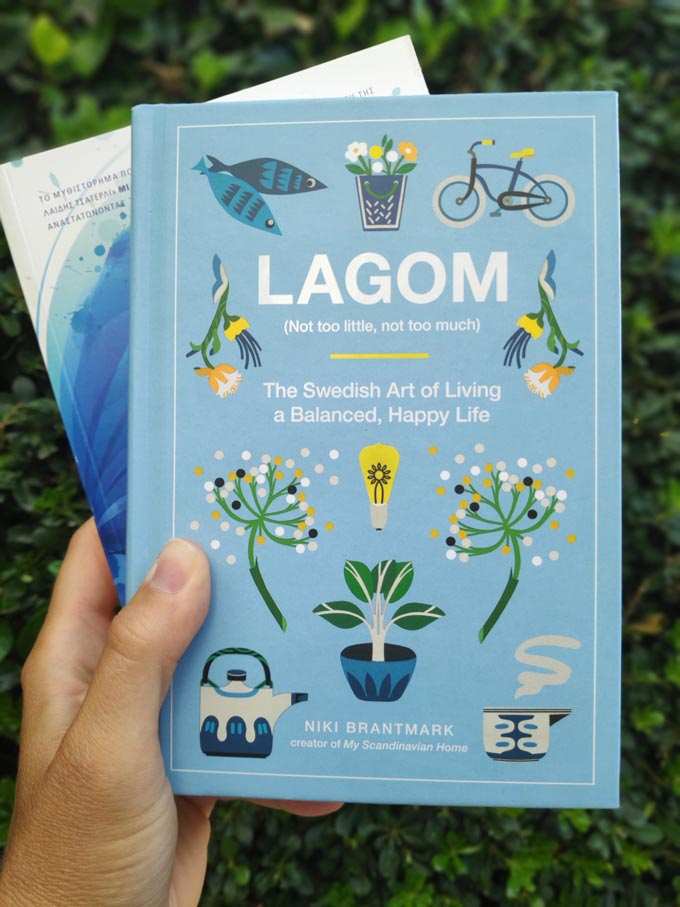
So, when I read about her new book titled Lagom, it all started to make sense to me. Her latest book is filled with ideas covering all real life aspects having a first hand experience with the philosophy of feeling enough. After all, the Swedish have turned it into an art, so she must know all about it by now!
Since I got my hands on this book, I still haven’t had the time to properly sit and read it. Once I do though, I will share more of it and slow design in general with you all. As for Niki, I truly wish her the best! In the meantime, how about a little more food for thought: As Good as It Gets! 8 Principles for Living a Quality Life.
Love,

Last updated: 06/16/21




Nice concept. Thank you for the book tip. Will check it out.